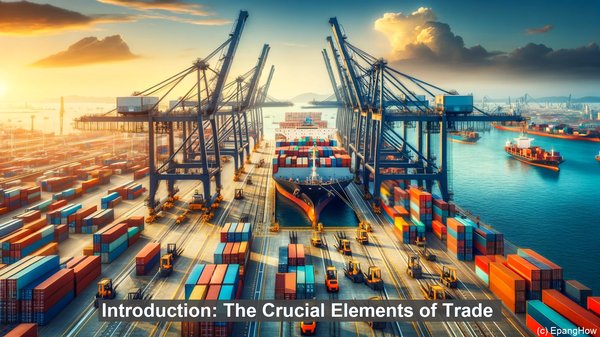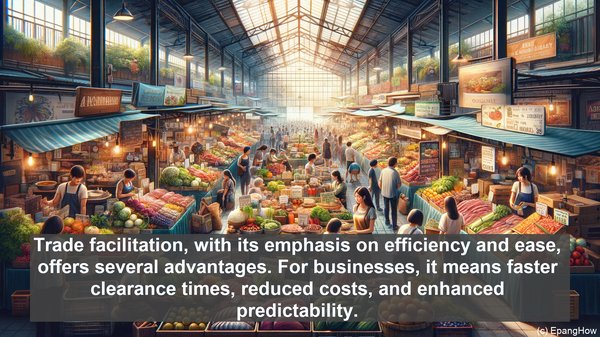Introduction: The Crucial Elements of Trade
Hello everyone! When it comes to global commerce, two essential factors come into play: trade barriers and trade facilitation. While they might sound similar, they have distinct roles and implications. Today, we’ll dive into the details, exploring their definitions, examples, and how they shape the world of international trade.

Defining Trade Barriers: Obstacles in the Path
Trade barriers encompass a range of measures that countries employ to restrict imports or exports. These can be in the form of tariffs, quotas, or even stringent regulations. The primary objective behind trade barriers is often to protect domestic industries, shield local jobs, or address national security concerns. However, they can also impede the flow of goods, increase costs, and limit market access for businesses.
Exploring Trade Facilitation: Enhancing the Flow
On the other hand, trade facilitation focuses on streamlining and simplifying the processes involved in international trade. It involves measures like harmonizing customs procedures, reducing paperwork, and enhancing coordination between different agencies. The goal of trade facilitation is to make cross-border transactions more efficient, cost-effective, and time-saving. By doing so, it not only benefits businesses but also contributes to overall economic growth.
Examples of Trade Barriers: Varied Forms and Impacts
Trade barriers can manifest in diverse ways. For instance, tariffs, which are taxes imposed on imported goods, can make them more expensive, discouraging their entry into a market. Quotas, on the other hand, set limits on the quantity of goods that can be imported. Non-tariff barriers, such as complex regulations or lengthy customs procedures, can also pose challenges. The consequences of trade barriers can range from reduced choices for consumers to strained diplomatic relations between countries.
The Benefits of Trade Facilitation: A Win-Win Proposition
Trade facilitation, with its emphasis on efficiency and ease, offers several advantages. For businesses, it means faster clearance times, reduced costs, and enhanced predictability. It also opens up new opportunities by expanding market access. Governments, too, benefit from trade facilitation. It enables better revenue collection, promotes compliance, and fosters a favorable business environment. Ultimately, these factors contribute to increased trade volumes and economic prosperity.
The Global Scenario: Trade Barriers and Facilitation in Context
The landscape of trade barriers and facilitation varies across countries and regions. While some nations have taken significant steps to simplify procedures and reduce barriers, others still face challenges. International organizations, such as the World Trade Organization (WTO), play a crucial role in promoting trade facilitation and addressing trade barriers through negotiations and agreements. The aim is to create a level playing field and ensure a fair and open global trading system.

